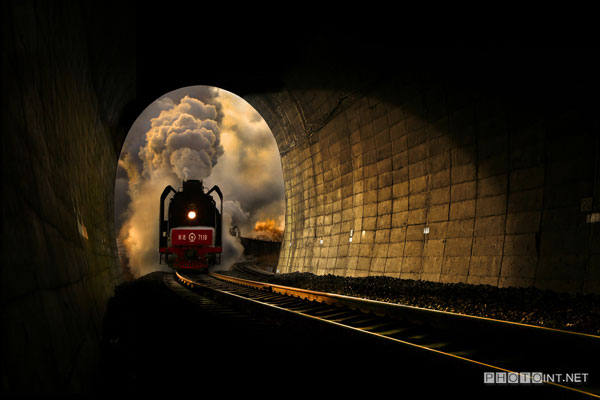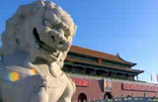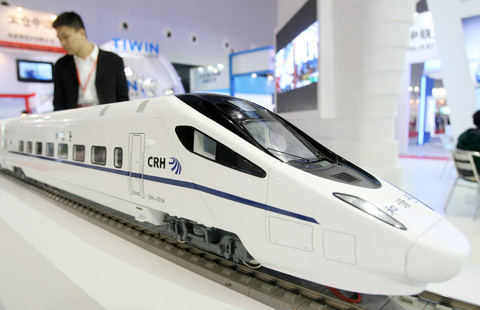Photographer focuses lens on China's rail history
Updated: 2015-04-08 09:31
(English.news.cn)
|
|||||||||||
 |
|
[Photo by Wang Wei/photoint.net] |
While once his parents scorned him for quitting his regular job, now they boast about his accomplishments. "My mom praises me to everyone she meets, which makes me blush," he says.
He also got the thumbs up from Wang Fuchun, another well-known Chinese photographer focusing on train travelers, who said Wang Wei's works have successfully preserved the country's rail history.
Throughout 10 years of photographing trains, he has managed to photograph every train developed after 1949, when the People's Republic was founded. He still feels sad when hearing an old model stop circulation. "It's like saying farewell to a family member," he says.
"He did something that the railway authorities should have done," one photography critic said.
Sometimes, he feels helpless that his photos cannot protect these train relics from being abandoned. Once hearing that a water tower near the Jing-Zhang Railway was going to be destroyed, he alerted local media who helped save the tower highlighting its historic value.
In 1949, China only had 21,800 kilometers of railway lines, but now, the number has reached 110,000 km, including 16,000 km of high-speed lines. The length of China's high-speed railway accounts for half of that of the world. Wang doesn't reject faster and easier high-speed train services, but he still likes the old slow trains.
The construction of the new Beijing-Zhangjiakou high-speed railway will start this year and be completed in 2017. It is estimated that the high-speed rail line, stretching 174 kilometers, will shorten the travel time between the two candidate co-host cities for the 2022 Winter Olympics from several hours to 50 minutes.
Wang worries the old railways will be abandoned. Beginning last year, he began fieldwork along the railway, travelling to every bridge and tunnel to collect stories from elder residents nearby. He wants to write a book about the centuries-old railway.
"Most first-hand materials about China's railway history are in the hands of foreigners, that's why people say China is the desert of train culture," said Wang, "I think it is necessary to share what I know to others."
For more of Wang Wei's works, please click here.
Related Stories
Photographer shares his views with white collars 2015-04-03 17:31
Photographer documents classic American cars in Cuba 2015-03-31 17:52
French photographer captures Beijing in the '80s 2015-03-27 06:56
Chairman Mao Zedong's photographer dies at 88 2015-03-10 17:48
Photographer captures beauty around world 2015-03-04 08:00
Today's Top News
Cause of China chemical plant blast identified
Fleeing war-torn Yemen, Chinese, foreign nationals share the same boat
Liu Xiang expected to announce retirement on Tuesday
Toilet revolution for tourism evolution: Opinion
Joint statement finalized at Iran nuclear talks
British PM joins in seven-party pre-election TV debate
China's ex-security chief Zhou Yongkang faces raft of charges
Death toll rises to 147 in Kenya university attack
Hot Topics
Lunar probe , China growth forecasts, Emission rules get tougher, China seen through 'colored lens', International board,
Editor's Picks

|

|

|

|

|

|






